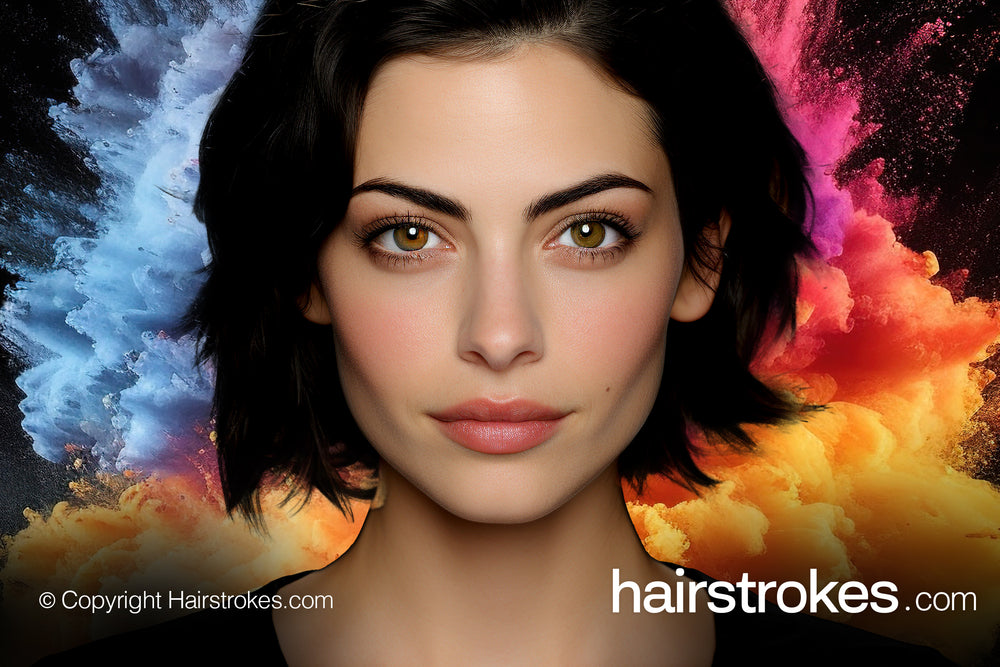3. Components of Pigments in PMU
Understanding Pigment Composition In the context of Permanent Makeup (PMU) and Semi-Permanent Makeup (SPMU), the term 'pigment' refers to a mixture composed of various elements. These components work together to create the final product used in cosmetic procedures.
Colorants: The Essence of Color
Colorants are crucial for providing the pigment with its distinct color. In PMU and SPMU, these colorants can be either organic or inorganic. Organic colorants, typically carbon-based, offer a wide range of bright and vivid colors. In contrast, inorganic colorants, usually metal oxides, provide more subdued, natural shades. These colorants must undergo rigorous dermatological testing and approval for safe skin contact regardless of their type.
Solvents: The Carriers of Color
Solvents are liquids that hold and distribute the colorants. Common solvents include water, alcohol, and glycerine. They function primarily as dispersants, ensuring the even application of the pigment on the skin and sometimes acting as preservatives. Imagine solvents as the medium (like water) and colorants as particles (like sand) dispersed within it.
Binders: Ensuring Adhesion
Binders in pigments are substances that help the pigment adhere to the skin. Typical binders include glycerine, polyethylene glycol (PEG), polyvinylpyrrolidone (PVP), natural resins like rosin and shellac, and block copolymers such as acrylates.
Fillers and Additives: Enhancing Functionality
These components comprise preservatives, emulsifiers, surfactants, pH adjusters, thickeners, and liquidity adjusters. Their roles vary from preserving the pigment to modifying its consistency or pH level.
It's important to note that a single substance can have multiple roles. For example, glycerine may act as both a solvent and a binder, depending on the pigment's formulation.
Categorization of Pigments
The classification of pigments as “organic,” “inorganic,” or “hybrid” is based on the type of colorant used, which is just one part of the overall mixture. This categorization reflects the complexity and diversity of pigment composition in PMU and SPMU.



